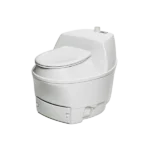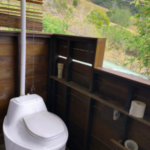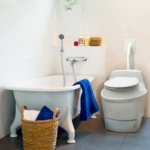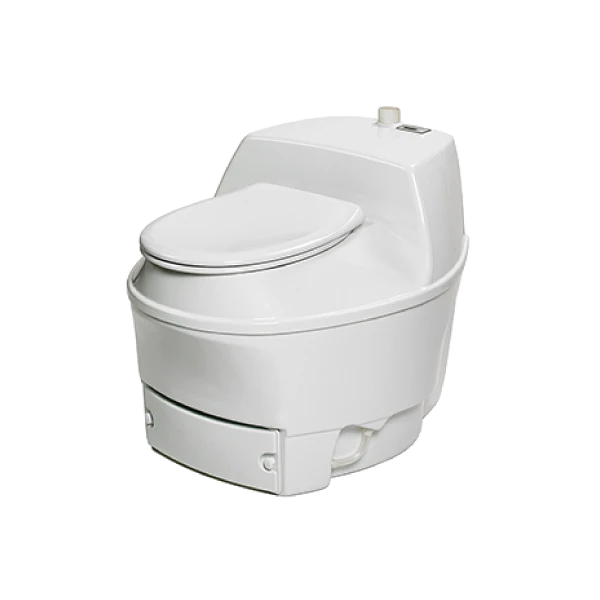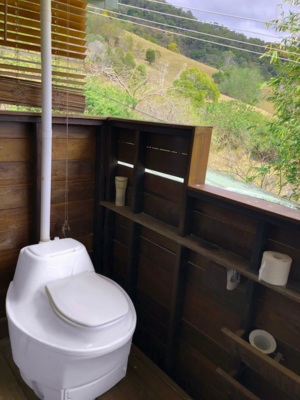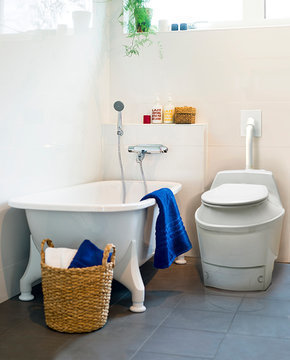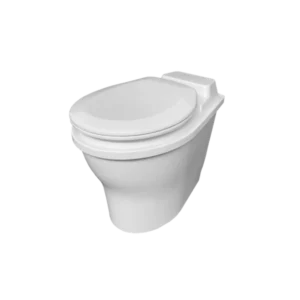Sale!
EcoLet™ 25A/65A Automatic Composting Toilet
$1,500.00 – $4,786.00
Fully automatic waterless toilet system
Get to know the best performing active composting toilet for slabs! Available in two sizes, both models boast:
- An automatic mixer and adjustable heaters to maintain optimal composting conditions
- An active composting design, which means that when the tray needs emptying the material is fully composted.
- A compost tray that weights no more than 5kg when full of dry compost - which has no foul odour
- An optional hose for leachate drain or overflow
- A convenient chamber screen that opens when sitting on or lifting the toilet seat
- Certification to Australian and New Zealand Standard 1546.2:2008. In addition, it is also approved in QLD, NSW, VIC, ACT, NT, SA and WA.
Why buy it
- You have no space under your floor for a split system
- You want an active composter to avoid removing larger chambers through your home
- You have access to power for the mixer and heaters
- You're looking for the best value active composter to go on a slab
Two models available:
- 25A - Suitable for up to 2 people full time
- 65A - Suitable for up to 4 people full time
Additional information
| Weight | 28 kg |
|---|---|
| Dimensions | 75 × 58 × 71 cm |
| Brand | |
| Toilet Capacity | Low Capacity |
| Model | 25A, 65A |
Specifications

